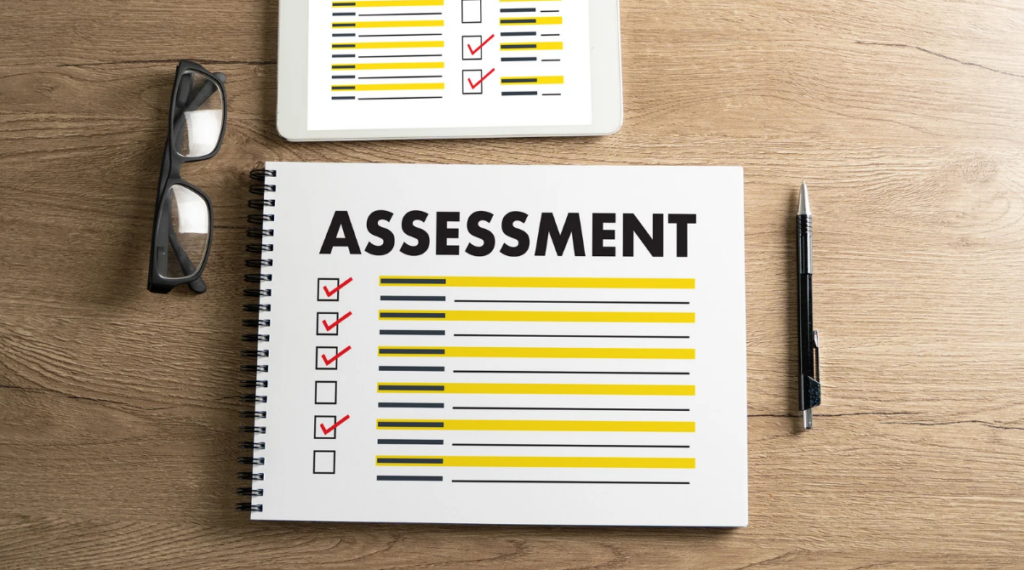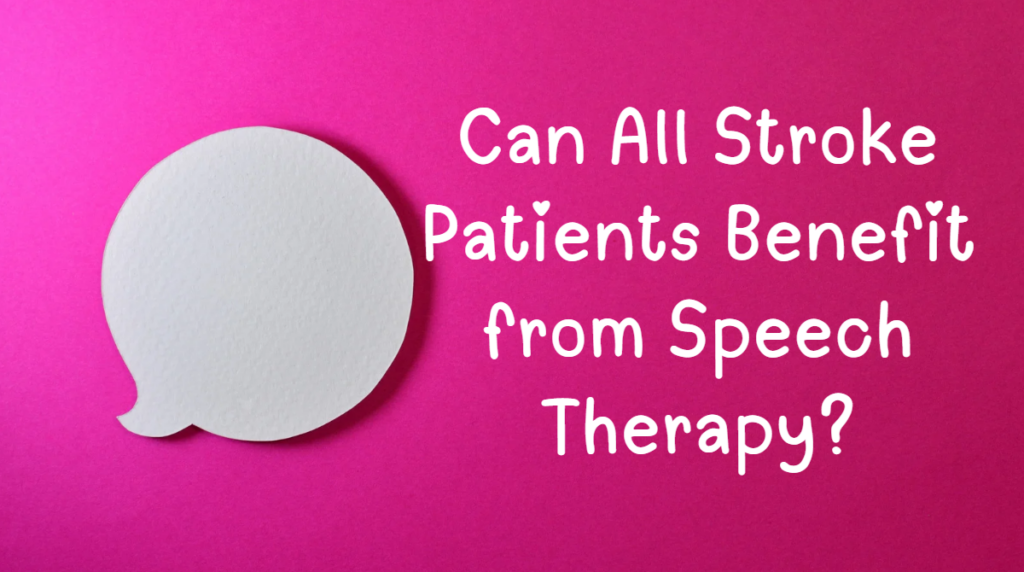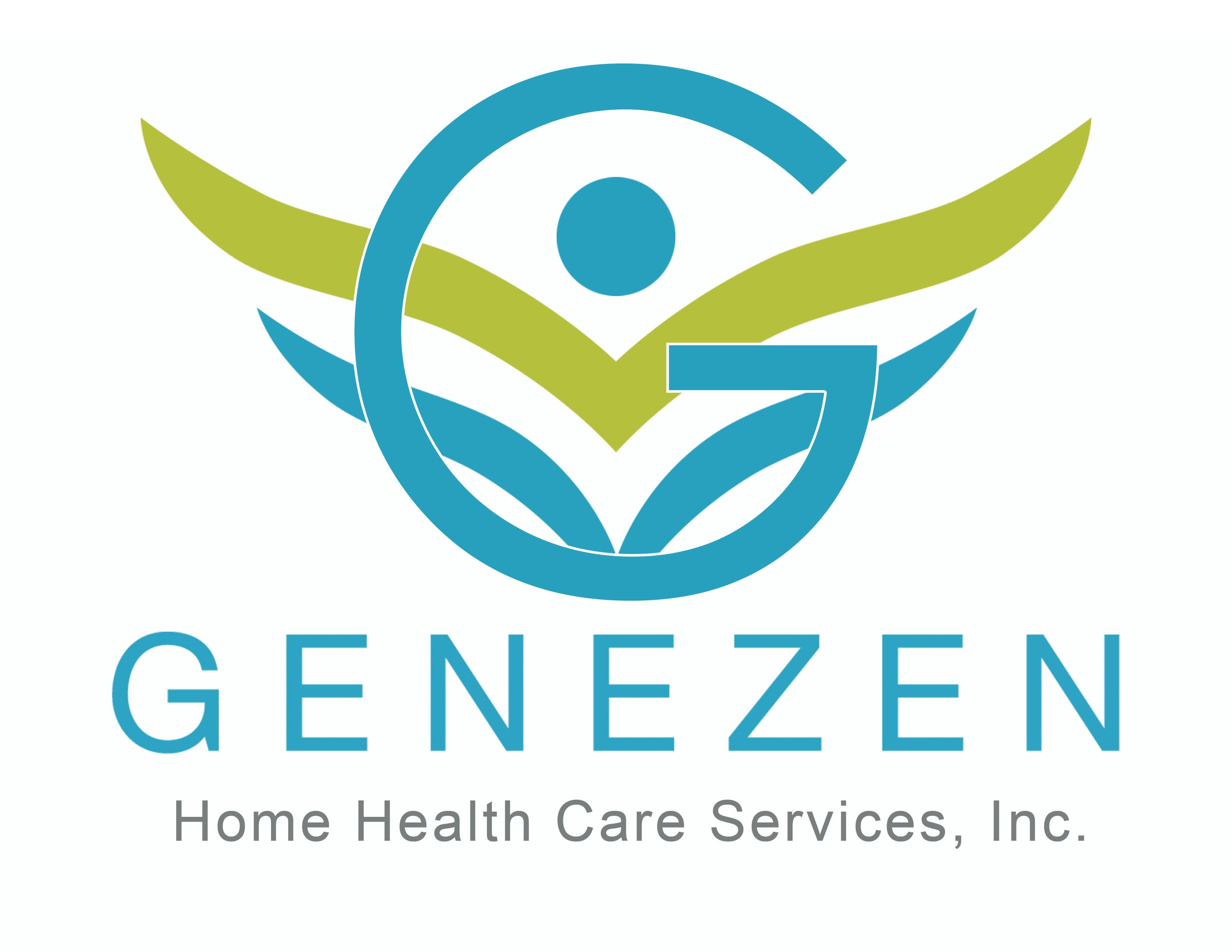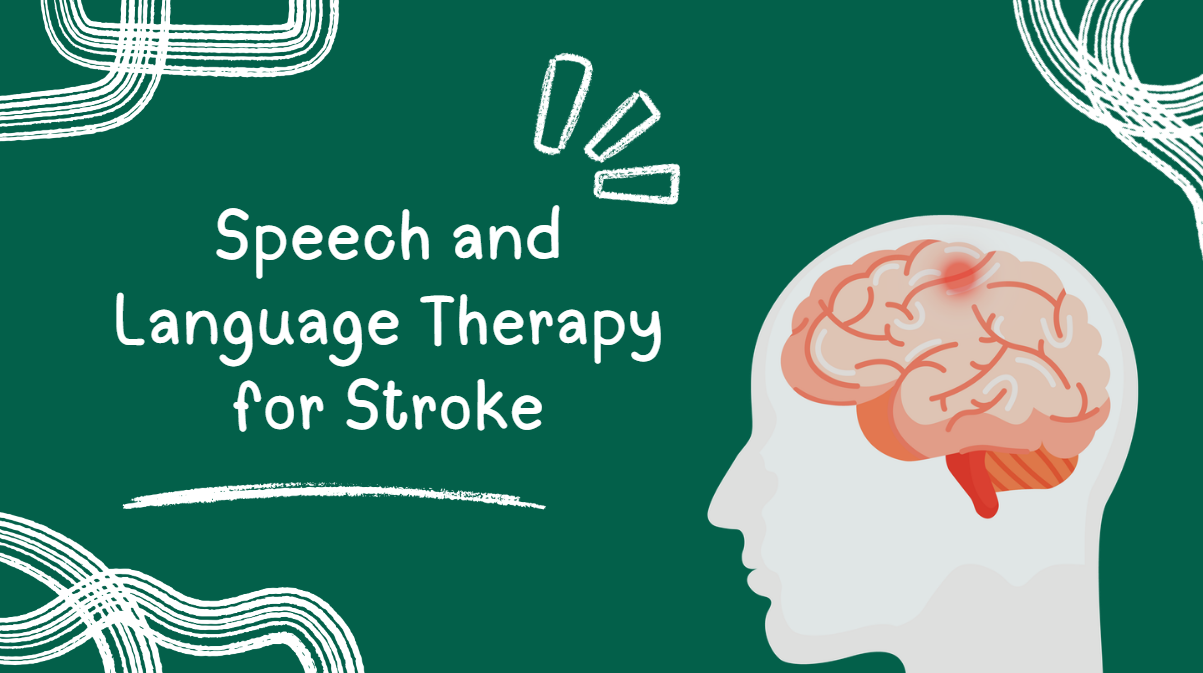A stroke can change someone’s life in an instant. For many survivors, the biggest challenge is not just weakness or mobility—it’s losing the ability to speak, understand, or communicate with others. This loss can feel isolating, frustrating, and overwhelming. But there is hope.
Speech and language therapy for stroke is one of the most important tools in recovery. With the right support, patience, and consistent therapy, many stroke survivors can regain communication skills, rebuild confidence, and find their voice again.
In this article, we’ll explore how speech and language therapy for stroke works, why it matters, and what families and caregivers need to know to support recovery.
Stroke and Its Impact on Communication
A stroke occurs when blood flow to the brain is interrupted, either by a clot (ischemic stroke) or bleeding (hemorrhagic stroke). This disruption damages brain cells, and depending on the area affected, survivors may experience challenges in movement, memory, swallowing, or speech.
The brain has specific regions dedicated to communication. When these areas are impacted, patients may experience:
- Aphasia: Difficulty using or understanding words. This can include trouble speaking, finding the right words, or understanding others.
- Dysarthria: Weak or uncoordinated speech muscles, leading to slurred or unclear speech.
- Apraxia of speech: Difficulty planning and coordinating the muscle movements needed to talk.
- Cognitive-communication disorders: Challenges with attention, memory, or problem-solving that affect conversations.
Each stroke survivor’s challenges look different. That’s why personalized therapy is so essential.
What Is Speech and Language Therapy for Stroke Patients?

Speech therapy—also known as speech and language therapy—is a specialized type of rehabilitation that helps stroke survivors restore or improve their ability to communicate. It is provided by a licensed professional called a speech-language pathologist (SLP).
Therapy may focus on:
- Strengthening the muscles needed for clear speech.
- Relearning vocabulary and sentence formation.
- Training the brain to process and understand language again.
- Developing alternative communication strategies (such as gestures, communication boards, or mobile apps).
- Supporting safe swallowing for those with dysphagia (difficulty swallowing).
Unlike casual conversation practice, speech therapy is structured, evidence-based, and tailored to each patient’s needs. It works by tapping into the brain’s ability to heal and rewire itself—a process called neuroplasticity.
Why Is Speech and Language Therapy Important After a Stroke?
Some may wonder: If the brain is damaged, can speech really come back? The answer is yes—because of neuroplasticity. This is the brain’s natural ability to form new pathways and adapt. Speech therapy is what activates and strengthens those pathways.
Here’s why therapy is critical:
- Prevents permanent loss of communication skills. Without practice, skills can decline further.
- Improves independence. Communicating needs clearly reduces reliance on caregivers.
- Builds confidence and social connections. Survivors can participate in conversations, reducing isolation.
- Improves swallowing safety. Therapy often includes swallowing exercises, preventing choking or aspiration.
- Supports emotional well-being. Being able to express feelings and thoughts is vital for mental health.
In short, speech therapy helps stroke survivors reconnect—not just with language, but with life.
What Does Speech Therapy After a Stroke Look Like?

If you or a loved one is starting speech therapy after a stroke, it helps to know what the journey involves. While every recovery plan is unique, most therapy programs follow these key steps:
1. Initial Assessment
- The speech-language pathologist (SLP) begins with a thorough evaluation of speech, comprehension, reading, writing, and swallowing abilities.
- Based on these results, personalized goals are set—for example, “say short sentences,” “safely swallow thin liquids,” or “practice conversation in daily life.”
2. Individualized Treatment Plans
- No two stroke survivors are the same, which means no two therapy plans are identical. Some patients may focus on rebuilding vocabulary and sentence formation, while others may work on strengthening the muscles needed for clear speech and safe swallowing.
- The plan evolves with progress, ensuring that therapy always matches the patient’s current abilities and recovery goals.
3. Therapy Sessions
- Sessions usually last 30–60 minutes and are held several times per week.
- They can take place in hospitals, outpatient clinics, rehabilitation centers, or even at home through home health care or telehealth.
4. Practice and Repetition
Recovery doesn’t happen overnight—progress comes with consistent practice and repetition. Therapy reinforces skills through structured activities designed to stimulate the brain and muscles involved in communication.
- Repeating words or phrases to strengthen recall.
- Reading aloud to practice fluency and confidence.
- Naming objects or pictures to improve vocabulary retrieval.
- Engaging in guided conversations to apply skills in real-life settings.
5. At-Home Reinforcement
Care doesn’t end when the therapy session is over—what happens at home is just as important. Caregivers are given tools and simple exercises to practice daily, which helps speed up progress and makes recovery more natural.
- Encouraging the patient to use new words during conversations.
- Setting aside time each day for reading or word games.
- Using apps or flashcards to strengthen memory and comprehension.
- Practicing safe swallowing strategies during meals.
6. Progress Monitoring
- The SLP regularly reviews goals and tracks improvements, adjusting the plan as needed.
- This ensures that therapy continues to challenge the patient at the right pace, maximizing recovery while avoiding frustration.
Therapy doesn’t stop when the session ends—it becomes part of everyday life.
How Long Does It Take to Recover Speech After a Stroke?

Recovery timelines vary widely. Some survivors notice improvements within weeks, while others may take months or years.
Factors that influence recovery include:
- Severity and location of the stroke.
- Patient’s age and overall health.
- Consistency and intensity of therapy.
- Motivation and support from caregivers.
While some regain speech quickly, others may continue therapy for years. Importantly, progress can continue long after the initial stroke—therapy is never “too late.”
Tips for Communicating with Stroke Survivors
When speech is impaired, conversations can be frustrating for both survivors and loved ones. But with patience and the right approach, communication becomes easier.
Practical tips include:
- Be patient and calm. Allow extra time for responses without interrupting.
- Use simple sentences. Speak slowly, clearly, and avoid complex wording.
- Reduce distractions. Turn off background noise like TV or radio during conversations.
- Encourage gestures. Survivors may point, draw, or use facial expressions when words are difficult.
- Ask yes/no questions. Instead of “What do you want to eat?” try “Do you want soup? Yes or no?”
- Repeat or rephrase. If the message isn’t clear, restate it in a different way.
- Praise efforts. Celebrate small communication successes to build confidence.
These strategies make daily interactions less stressful and more meaningful.
Overcoming Emotional and Psychological Challenges
Speech loss after a stroke isn’t just physical—it’s emotional. Survivors may feel embarrassed, isolated, or even depressed.
Common challenges include:
- Frustration when words don’t come out.
- Social withdrawal due to fear of “not making sense.”
- Reduced self-esteem and confidence.
How therapy helps emotionally:
- Builds coping strategies for communication struggles.
- Provides encouragement through measurable progress.
- Restores a sense of control and independence.
Support groups, counseling, and family involvement can also make a powerful difference in emotional recovery.
Can All Stroke Patients Benefit from Speech Therapy?

Some may assume that only mild cases improve—but that’s a misconception.
- Even severe cases often show progress with consistent therapy.
- Not every survivor regains speech fully, but therapy maximizes what is possible.
- Benefits go beyond speaking—they include comprehension, confidence, social connection, and swallowing safety.
The bottom line: nearly all stroke survivors can benefit from speech therapy in some way.
Frequently Asked Questions
Is speech therapy painful or frustrating?
No, it is not painful, though it may be challenging. Therapists adjust activities to be achievable yet effective.
How soon should therapy start after a stroke?
The sooner, the better. Starting within days or weeks offers the best outcomes, but therapy remains valuable even years later.
What if my loved one refuses therapy?
Encourage gently, explain the benefits, and celebrate small wins to build motivation.
Does insurance cover speech therapy for stroke patients?
Many insurance plans, including Medicare, cover speech therapy if deemed medically necessary. Check with your provider.
Can older adults still recover speech after stroke?
Yes. Age is not a barrier—progress depends more on consistency and health than age alone.
Why Choose Home Health Speech Therapy for Stroke Patients?

For many survivors, traveling to a clinic can be tiring or stressful. That’s where home health speech therapy comes in.
Advantages include:
- Comfort of receiving care at home.
- Reduced travel stress and fatigue.
- Therapy tailored to real-life environments (kitchen, living room, dining table).
- Greater involvement of the family in daily practice.
- Seamless coordination with other home health services, like physical and occupational therapy.
This approach integrates recovery into daily life, making therapy more natural and effective.
Giving Stroke Survivors a Voice Again
Stroke recovery is never easy, especially when communication is affected. Yet with dedicated speech therapy, patience, and strong support, survivors can rebuild their voice and reconnect with the world around them.
Every word regained is more than speech—it’s a step toward hope, dignity, and independence.
If you or a loved one is navigating life after a stroke, don’t wait. The sooner speech therapy begins, the greater the chance for meaningful recovery. At Genezen Home Health Care, we are here to walk alongside you every step of the way.
When you choose Genezen, you choose a team committed to quality care:
- Licensed, experienced speech-language pathologists with expertise in stroke recovery.
- Compassionate, patient-centered therapy tailored to each individual.
- Personalized care plans that address unique needs and goals.
- Seamless coordination with doctors, nurses, and family members for holistic support.
With the right team, stroke survivors don’t just regain words—they rebuild confidence, connection, and a better quality of life.📞 Contact us today at (949) 380-6930 to learn how we can help bring back not just words, but joy in communication.


